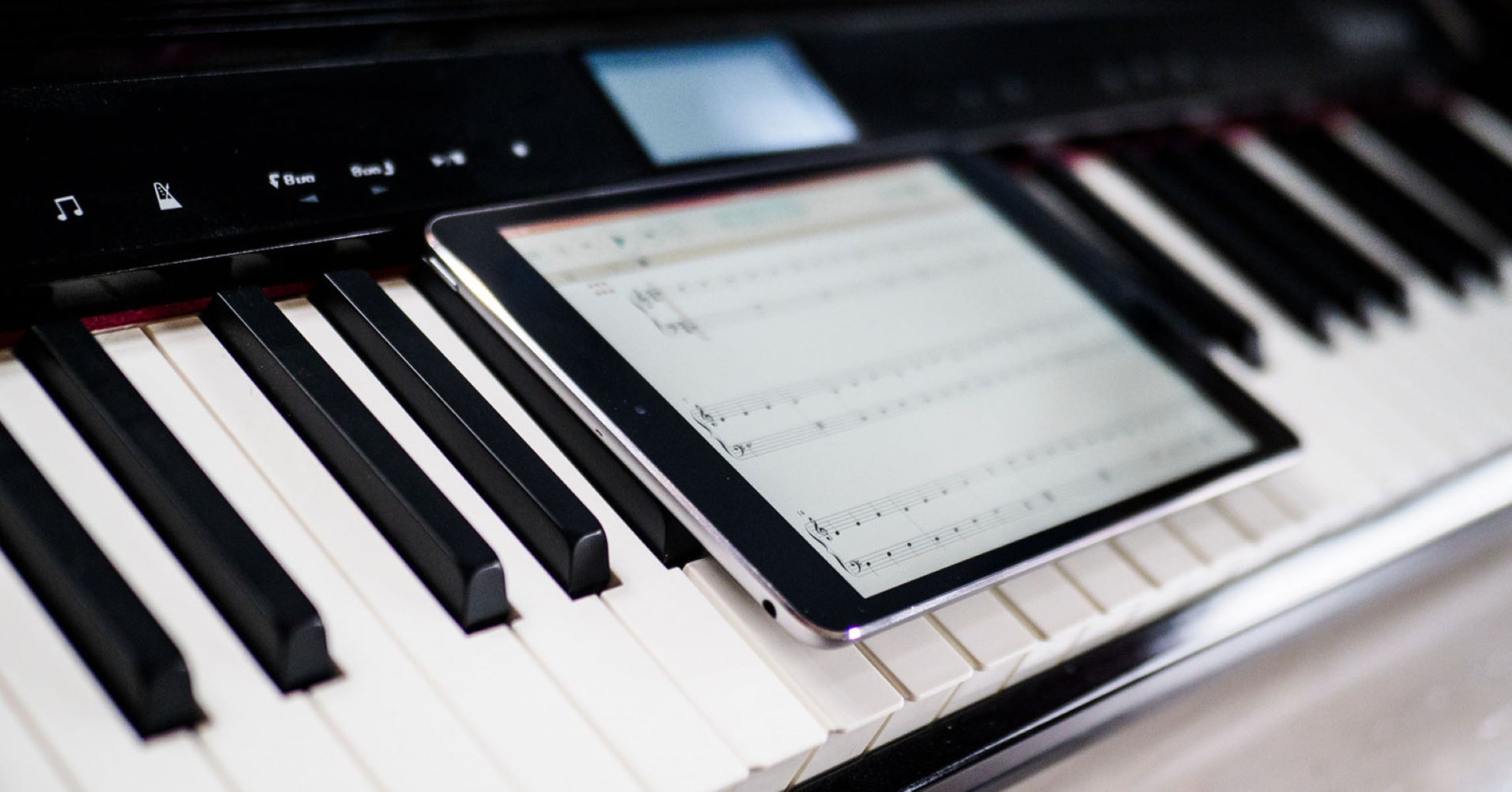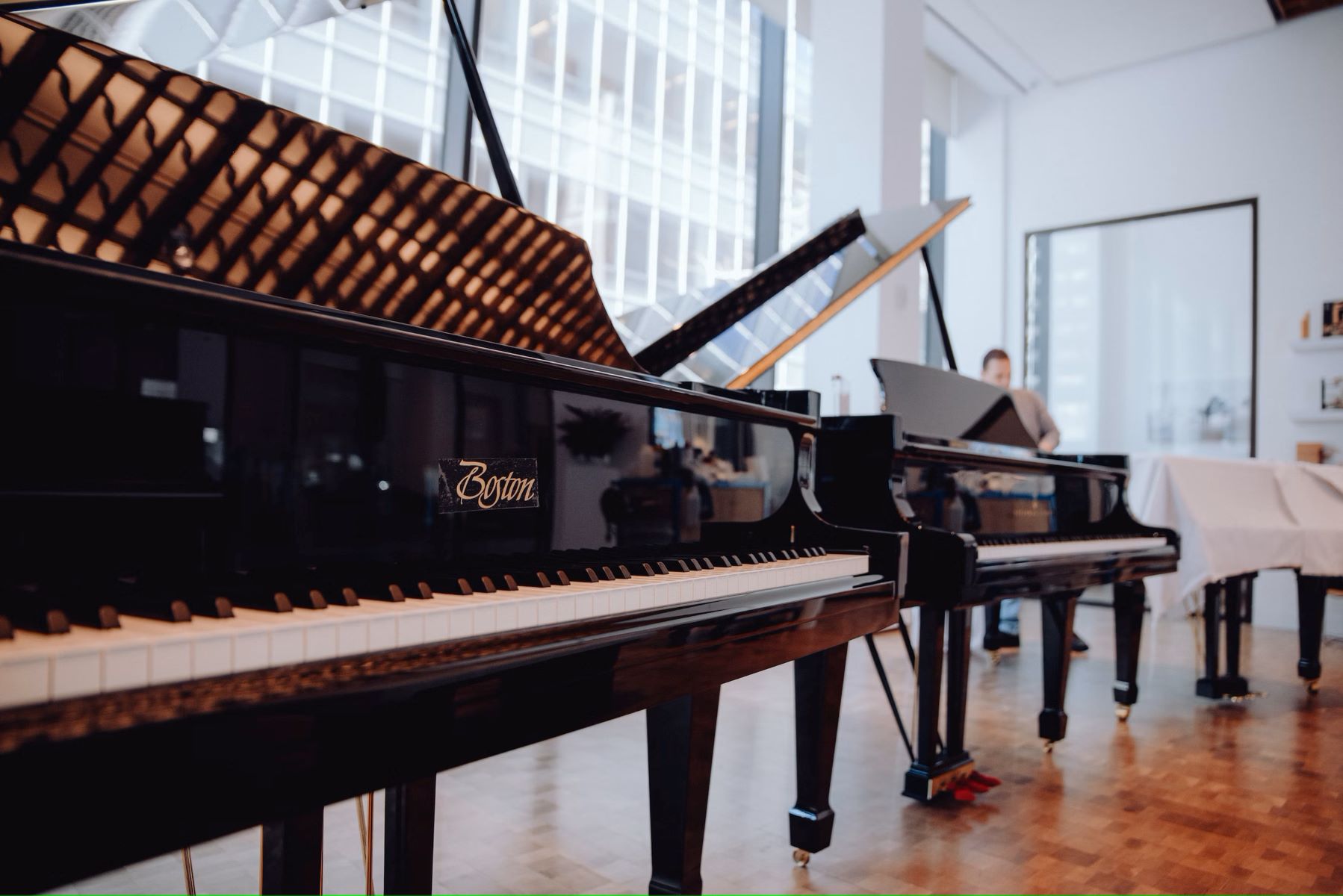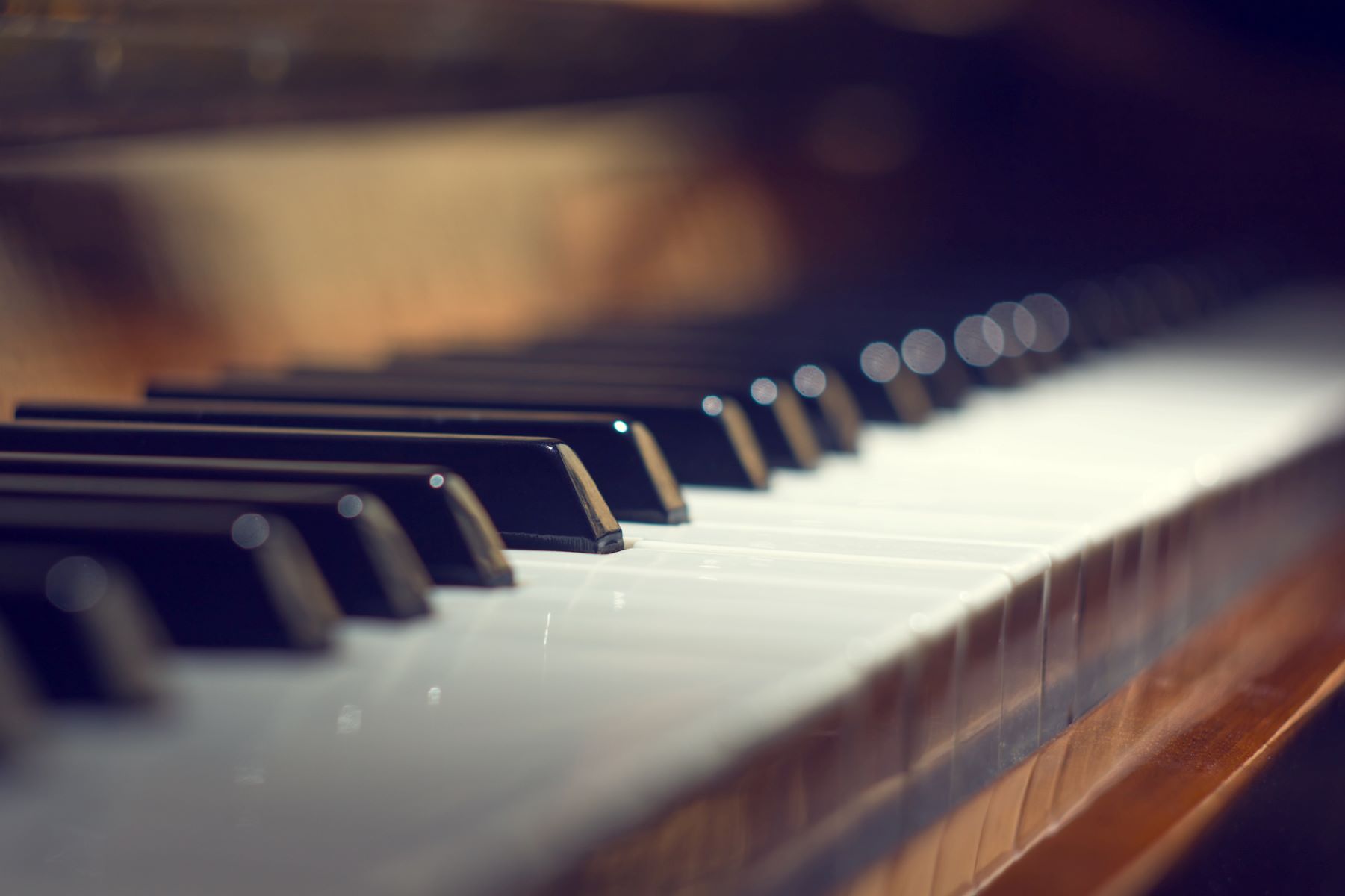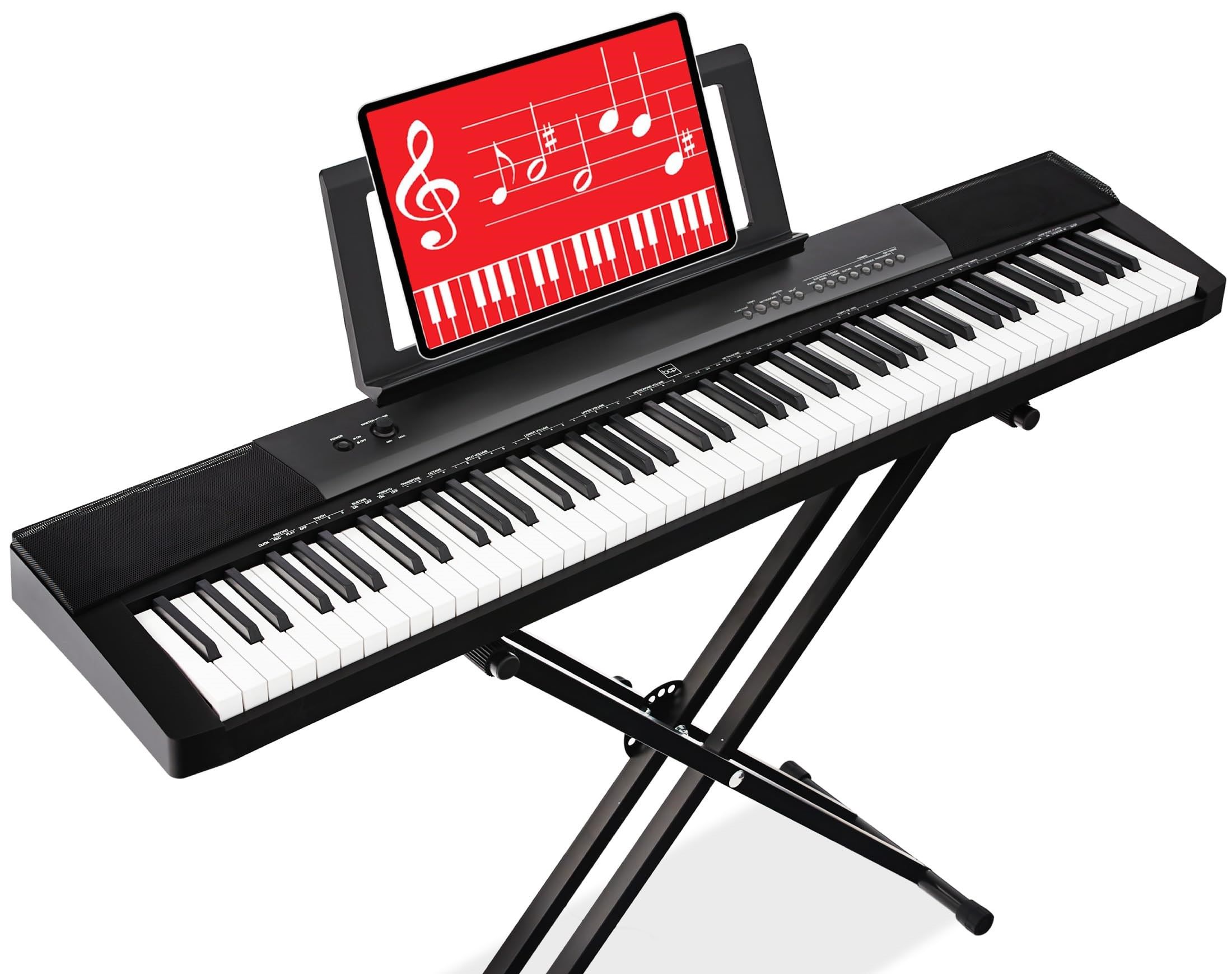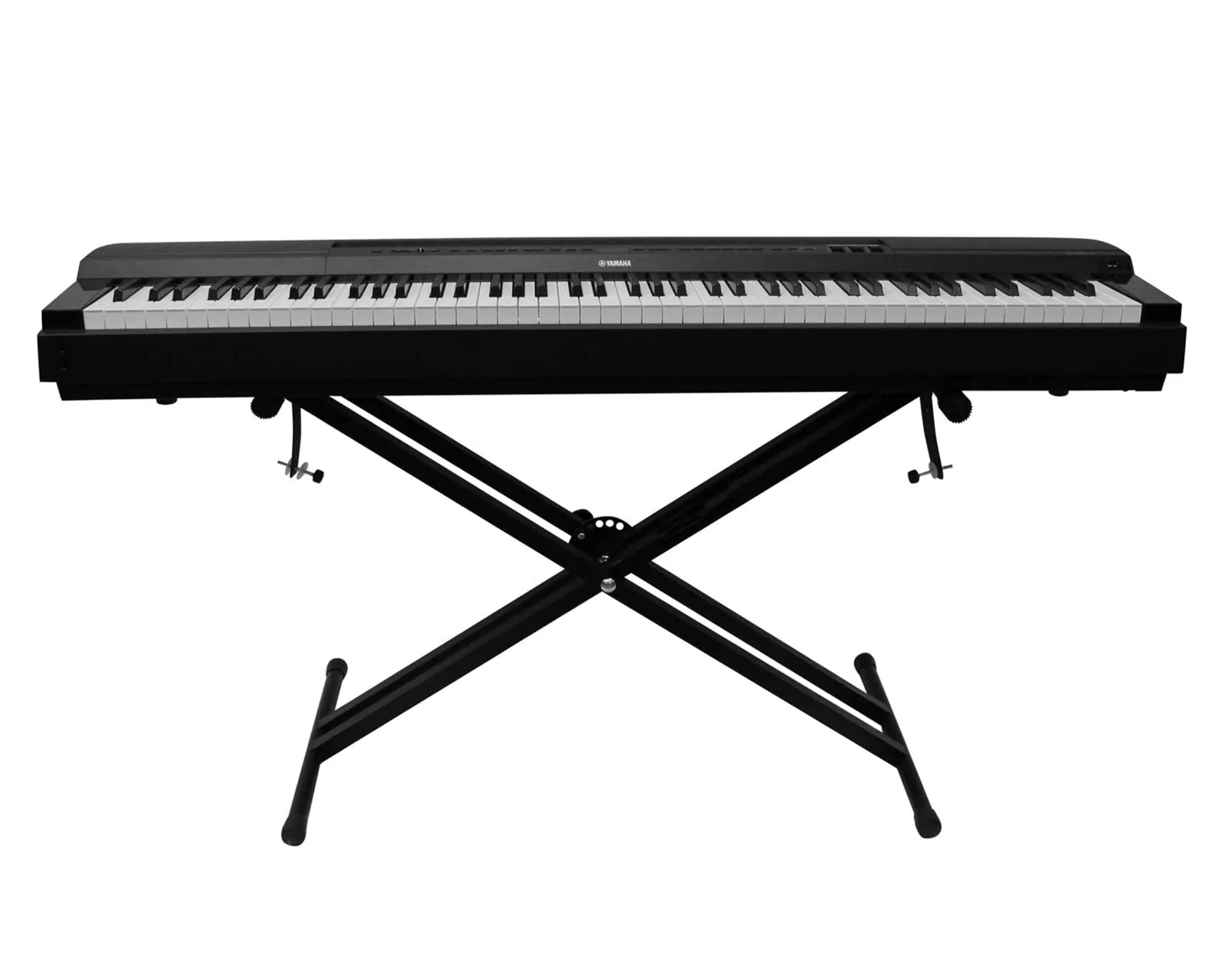Choosing the Right Location
Choosing the Right Location
When it comes to setting up your digital piano, the location plays a crucial role in ensuring an optimal playing experience. Here are some key considerations to keep in mind:
1. Space and Accessibility
First and foremost, assess the available space in your home to determine the most suitable location for your digital piano. Ensure that there is enough room for the instrument and the musician to move comfortably. Additionally, consider the accessibility of the piano – it should be easily reachable and not obstructed by other furniture or objects.
2. Lighting and Ventilation
Choose a well-lit area for your digital piano to facilitate clear visibility of the keys and controls. Adequate ventilation is also important to prevent the accumulation of dust and ensure a comfortable playing environment.
3. Stability and Flooring
Place the digital piano on a stable and level surface to avoid any wobbling or instability during playing. If the instrument is placed on a carpet, ensure that it is firmly supported to prevent any sinking or movement while playing.
4. Noise Considerations
Consider the noise level in the chosen location. If the area is prone to high levels of ambient noise, it may impact your ability to concentrate while practicing. Conversely, be mindful of the potential disturbance your playing may cause to others in the vicinity.
5. Inspiring Environment
Lastly, consider the overall ambiance of the chosen location. Surrounding yourself with a space that inspires creativity and musical expression can significantly enhance your playing experience.
By carefully considering these factors, you can ensure that your digital piano is positioned in an ideal location that promotes both comfort and productivity.
Maintenance and Care
Maintenance and Care
Proper maintenance and care are essential for preserving the longevity and performance of your digital piano. By following these guidelines, you can ensure that your instrument remains in optimal condition:
1. Regular Cleaning
Regularly dust the keys and surfaces of the digital piano using a soft, microfiber cloth to prevent the buildup of grime and debris. Avoid using harsh cleaning agents or excessive moisture, as these may damage the instrument’s components.
2. Environmental Considerations
Ensure that the piano is placed away from direct sunlight, extreme temperatures, and humidity. Sudden fluctuations in environmental conditions can adversely affect the internal components, so it’s important to maintain a stable and moderate environment for the instrument.
3. Keyboard Care
Take care to avoid placing any objects on the keyboard when not in use, as this can lead to damage or wear on the keys. Additionally, consider covering the keys when the instrument is not in use to prevent dust accumulation.
4. Professional Servicing
Arrange for periodic professional servicing and maintenance to ensure that the internal components and mechanisms of the digital piano are functioning optimally. This can help address any potential issues before they escalate into more significant problems.
5. Proper Storage
If the digital piano will not be used for an extended period, consider covering it with a protective cloth or cover to shield it from dust and environmental elements. Store the instrument in a dry and secure location to prevent any damage.
By adhering to these maintenance practices, you can safeguard your digital piano from premature wear and maintain its pristine condition for years to come.
Connecting to External Devices
Connecting to External Devices
Modern digital pianos offer a myriad of connectivity options, allowing musicians to expand their creative horizons and integrate with external devices. Here’s how you can harness the full potential of your digital piano through seamless connectivity:
1. Amplifiers and Speakers
Enhance the audio output of your digital piano by connecting it to an amplifier or a set of high-quality speakers. This can elevate the overall sound quality and fill the room with rich, immersive music.
2. Computer and Recording Devices
Utilize the MIDI or USB ports on your digital piano to connect it to a computer or recording device. This facilitates the recording of your performances, composing music using software, or accessing a wide range of digital resources for learning and practice.
3. Headphones
Connect headphones to your digital piano for private practice sessions, allowing you to immerse yourself in music without disturbing others. Many digital pianos offer a headphone output with adjustable volume levels for personalized listening comfort.
4. Mobile Devices and Apps
Take advantage of Bluetooth or audio input connections to link your digital piano with mobile devices and music apps. This opens up opportunities for interactive learning, accessing digital sheet music, and exploring a diverse range of musical styles and accompaniments.
5. External Controllers
Explore the option of connecting external MIDI controllers or pedals to your digital piano, expanding your creative possibilities and adding expressive nuances to your performances.
By leveraging these connectivity options, you can unlock the full potential of your digital piano, integrating it seamlessly with a diverse array of external devices and unleashing your musical creativity.
Using Different Sound Settings
Using Different Sound Settings
One of the remarkable features of digital pianos is the ability to experiment with various sound settings, allowing musicians to tailor their playing experience to their preferences and musical styles. Here’s how you can make the most of the diverse sound settings available on your digital piano:
1. Tonal Variety
Explore the range of built-in tones and voices on your digital piano, which may include grand piano, electric piano, organ, strings, and more. Experimenting with different tones can add depth and versatility to your performances, enabling you to adapt to various musical genres and moods.
2. Layering and Splitting
Many digital pianos offer the option to layer multiple sounds or split the keyboard into different sections, allowing you to blend tones or assign different voices to the upper and lower registers. This feature can create rich, orchestral textures and expand your creative possibilities during performances.
3. Effects and Modulation
Delve into the onboard effects and modulation settings of your digital piano, such as reverb, chorus, and EQ adjustments. These effects can imbue your playing with depth and character, adding a professional polish to your sound.
4. Customization and Presets
Many digital pianos enable users to customize sound settings according to their preferences, and some even offer the ability to save and recall presets for quick access to favored configurations. This empowers musicians to tailor their instrument’s sound to suit their individual playing style.
5. Dynamic Expression
Utilize the dynamic capabilities of your digital piano, such as touch sensitivity and velocity settings, to imbue your performances with expressive nuances. Adjusting these settings can enhance the responsiveness of the keys and allow for greater control over the dynamics of your playing.
By harnessing the diverse sound settings of your digital piano, you can unlock a world of sonic possibilities, enriching your musical journey and imbuing your performances with depth, expression, and individuality.
Learning and Practicing Techniques
Learning and Practicing Techniques
Mastering the art of playing the digital piano involves a combination of effective learning techniques and disciplined practice. Here are some valuable strategies to enhance your musical proficiency and elevate your playing skills:
1. Structured Learning Programs
Engage in structured learning programs, whether through formal lessons with a qualified instructor or online tutorials and courses. Establishing a solid foundation in music theory, technique, and repertoire is essential for honing your skills and understanding the intricacies of piano playing.
2. Utilizing Practice Tools
Take advantage of the practice tools available on digital pianos, such as metronome functions, built-in exercises, and recording features. These tools can aid in developing rhythm, precision, and self-assessment of your playing.
3. Exploring Educational Resources
Explore a diverse range of educational resources, including digital sheet music, instructional books, and online platforms that offer interactive learning materials and exercises. Leveraging these resources can broaden your musical knowledge and inspire continued growth.
4. Technical Exercises and Warm-ups
Incorporate technical exercises and warm-up routines into your practice regimen to improve finger dexterity, hand coordination, and overall agility on the keyboard. Consistent practice of scales, arpeggios, and finger exercises can significantly enhance your playing proficiency.
5. Expressive Interpretation
Focus on expressive interpretation and musical phrasing, aiming to convey emotion and artistry through your playing. Experiment with varying dynamics, articulation, and tempo to imbue your performances with depth and individuality.
6. Effective Practice Habits
Cultivate effective practice habits, including setting specific goals, managing practice time efficiently, and maintaining a consistent practice schedule. Strive for focused and mindful practice sessions to maximize learning and skill development.
By embracing these learning and practicing techniques, you can embark on a fulfilling musical journey, continuously refining your skills, and nurturing a deep connection with the art of piano playing.









